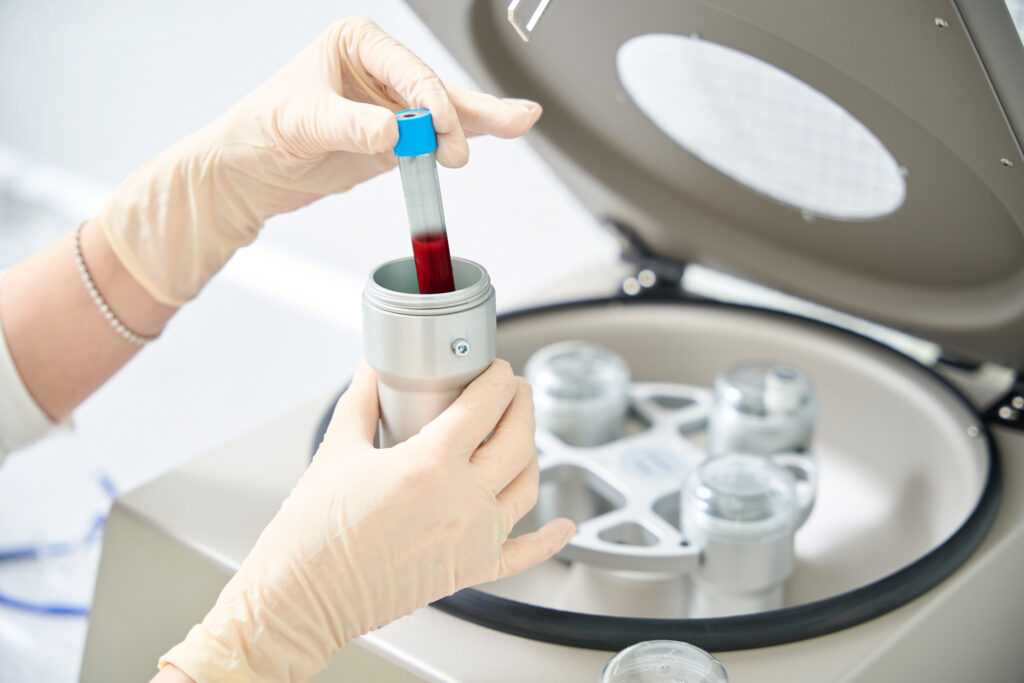Regenerative Medicine
Learn More About regenerative medicine
ALL SERVICES REQUIRE a Thorough Consultation
Joint pain can be attributed to various factors, ranging from age-related wear and tear to inflammatory conditions and injuries. The joints, where two or more bones meet, are cushioned by cartilage, a smooth tissue that facilitates frictionless movement. As individuals age, cartilage naturally deteriorates, leading to osteoarthritis, characterized by joint pain, stiffness, and reduced flexibility.
Inflammatory joint diseases such as rheumatoid arthritis involve the body’s immune system mistakenly attacking the joints, causing inflammation and pain. Additionally, injuries like fractures, sprains, or dislocations can damage the joint structures, triggering pain and limiting mobility. Other contributing factors include genetics, obesity, and overuse of joints.
Regenerative medicine offers promising solutions for joint pain by harnessing the body’s natural healing mechanisms. One approach involves using mesenchymal stem cells (MSCs), which can differentiate into various cell types, including cartilage cells. These stem cells can be extracted from the patient’s bone marrow or adipose tissue or obtained from other donors.
Once harvested, MSCs can be injected directly into the affected joint. These cells have the potential to promote tissue repair and regeneration, reducing inflammation and stimulating the production of new, healthy cartilage. Platelet-rich plasma (PRP), another regenerative therapy, involves drawing a small amount of the patient’s blood, concentrating the platelets, and injecting the PRP into the joint. Platelets contain growth factors that can accelerate healing and tissue regeneration.
These regenerative approaches aim to alleviate joint pain, restore function, and improve overall joint health. Unlike traditional treatments that merely manage symptoms, regenerative medicine targets the underlying causes of joint pain, offering a more holistic and potentially long-lasting solution. While research in this field continues to evolve, the promising results of early studies and clinical trials suggest that regenerative medicine holds great potential in revolutionizing the treatment of joint pain and enhancing the quality of life for individuals suffering from these conditions.
Insert Articles
Regenerative Medicine Using PRP

Enhancement of tendon-bone healing after rotator cuff injuries using combined therapy with mesenchymal stem cells and platelet rich plasma
Abstract
Objective: The injuries of rotator cuff will cause the shoulder dysfunctions. Due to limited self-regeneration abilities of the tendon-bone part, rotator cuff injuries remain a clinical challenge. Previous studies have proposed many strategies for treating this disease. In this work, we aimed to combine different strategies to achieve better beneficial effects on tendon-bone repair.
Materials and methods: We isolated mesenchymal stem cells (MSCs) and platelet-rich plasma (PRP) and tested the effects of PRP on the gene expression, cell death resistance, and osteogenic differentiation of MSCs. Then, we utilized multiple strategies to treat rotator cuff injuries. We evaluated the expression of genes that related to tissue repair, bone formation, and tendon regeneration. We also tested the biomechanical property of repair tissues.
Results: We found that the in-vitro co-culture with PRP endowed MSCs with enhanced production of growth factors, better osteogenic differentiation ability, and stronger ability to resist cell death. Next, we applied MSCs, PRP, and MSCs-PRP combined therapies in rat rotator cuff injury model to compare their therapeutic effects in vivo. Through biomechanical testing, we found that the combined therapy was most efficient to promote tissue regeneration and enhance the biomechanical property of the newly generated bone.
Conclusions: The combined treatment induced strongest signals related to angiogenesis, bone formation, and tendon generation in-situ. We demonstrated that the combination of MSCs and PRP synergistically promotes tendon-bone healing and holds great promise for the treatment of rotator cuff injuries.
